#parnassia
Text




Grass of parnassus - Parnassia palustris - a beautiful little wild flower of marshy places.
350 notes
·
View notes
Text



Plant of the Day
Sunday 18 September 2022
Even though it is autumn a few plants of Parnassia palustris (grass-of-Parnassus, bog star) are continuing to flower and setting seeds. This is a wildflower of short grassland on cliff tops and can be exposed to sea spray thrown up by storms. It has been described as “a flower of cold beauty and a symbol of the wilderness and wet”.
Jill Raggett
#parnassia#grass-of-Parnassus#bogstar#whiteflowers#wildflower#cliff#shortturf#grassland#plants#writtledesign#orkney#scotland
118 notes
·
View notes
Photo


I was trying to decorate a border for something with some Lore Relevant Flowers and I’m afraid I might have to start from scratch for the composition I want, but these still turned out nice :)
2 notes
·
View notes
Video
Grass-of-Parnassus by Philip Bouchard
Via Flickr:
Kidneyleaf Grass-of-Parnassus (Parnassia asarifolia), also called Appalachian Grass-of-Parnassus. Photographed at Jacks River Fields USFS Campground in the Chattahoochee National Forest, Fannin County, Georgia.
#Parnassia#Parnassia asarifolia#Grass-of-Parnassus#Kidneyleaf#Appalachian#Celastraceae#flower#wildflower#white#Jacks River#Forest Service#Chattahoochee#National Forest#Fannin County#Georgia#flickr
0 notes
Text
Parc national Zuid-Kennemerland, entre dunes et sous-bois
Parc national Zuid-Kennemerland, entre dunes et sous-bois
Le parc national Zuid-Kennemerland se situe à l’Ouest d’Haarlem, en direction de la mer du Nord.
Des forêts de résineux, des sous-bois longent les abords du chef-lieu de la région.
De l’autre côté, les vagues viennent lécher les dunes de sables.
Ainsi, lorsqu’on vient en vacances à Haarlem, ou en tout cas en Hollande septentrionale, il est aisé d’alterner les plaisirs du tourisme de ville avec…

View On WordPress
#avis parc national zuid kennemerland#chevaux konik#manoir Koningshof#parc national Zuid-Kennemerland#Parnassia#restaurant de plage à Bloemendaal#santpoort zuid#vaches highlanders
0 notes
Text
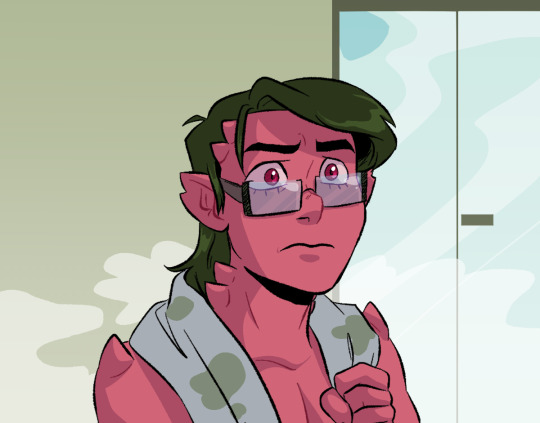
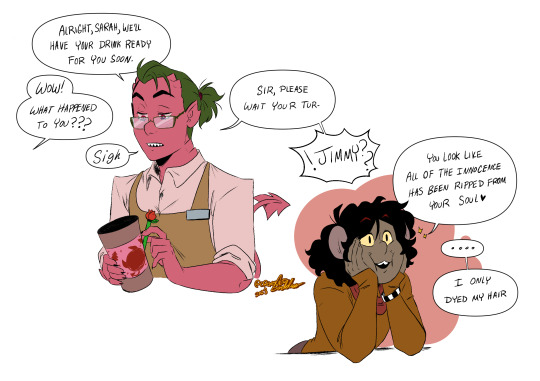
Jasper tries something new
32 notes
·
View notes
Text

Issac keeps track of what he wants more than anything in the world.
Jasper -> @croxovergoddess
20 notes
·
View notes
Video
n289_w1150 by Biodiversity Heritage Library
Via Flickr:
J. Sturms Flora von Deutschland : Stuttgart :K. G. Lutz,1900-1907. biodiversitylibrary.org/page/55367799
#Germany#Royal Botanic Gardens Kew#Library#Art & Archives#bhl:page=55367799#dc:identifier=https://biodiversitylibrary.org/page/55367799#Flowers#flickr#botanical illustration#scientific illustration#parnassia palustris#marsh grass of parnassus#northern grass-of-parnassus#grass-of-parnassus#bog star#Studentenroschen
15 notes
·
View notes
Text

15 notes
·
View notes
Photo

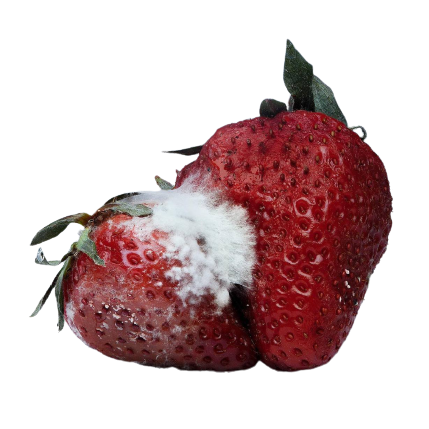
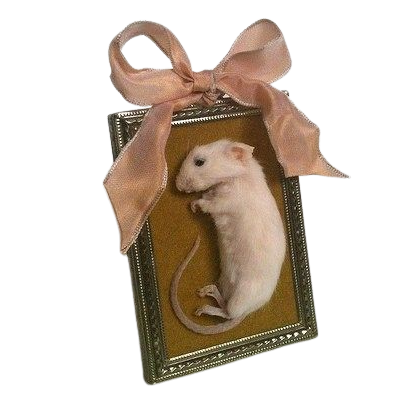
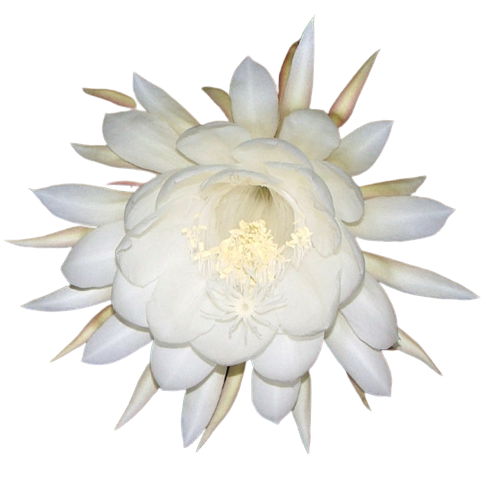
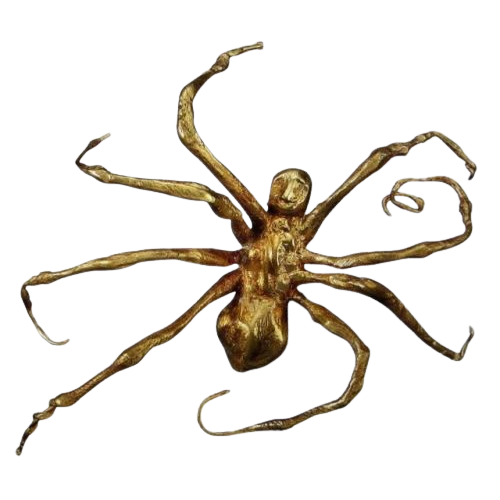
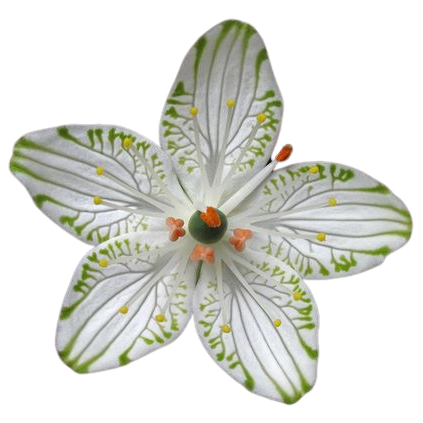

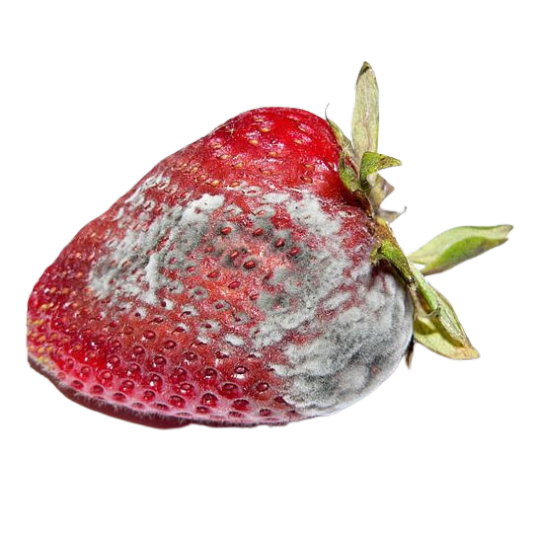
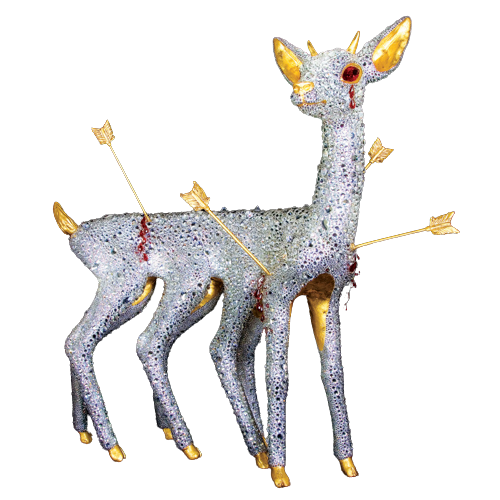
Random PNGs, part 145.
(1. Bronze dead bird paperweight from 1800s, 2. Moldy strawberries, 3. Rat in a frame (?), 4. Wijayakusuma flower, 5. Spider sculpture by Louise Bourgeois, 6. Parnassia grandifolia, 7. Calico Critter in mummy costume, 8. Moldy strawberry, 9. Sculpture by Elizabeth Mcgrath)
#png#pngs#transparent#transparents#moodboard#artboard#imageboard#sticker#stickers#polyvore#shoplook#145
959 notes
·
View notes
Text
youtube
Carolus Hacquart (ca.1640 - ca.1701) - Harmonia parnassia: Sonata quinta a tre.
2 violons, 2 flûtes à bec, viole de gambe, théorbe et orgue. -
Ensemble Clematis-Leonardo García Alarcón
2 notes
·
View notes
Photo

Parnassia grandifolia by Nathanael Herrera on flickr
(via Pinterest)
33 notes
·
View notes
Photo
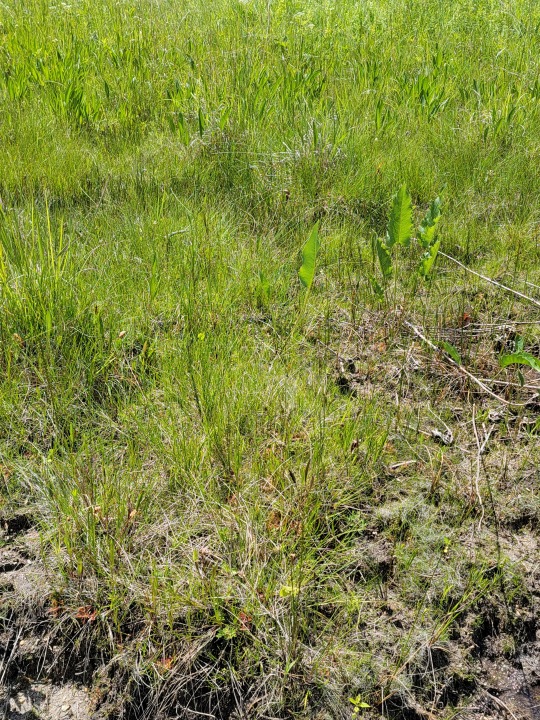
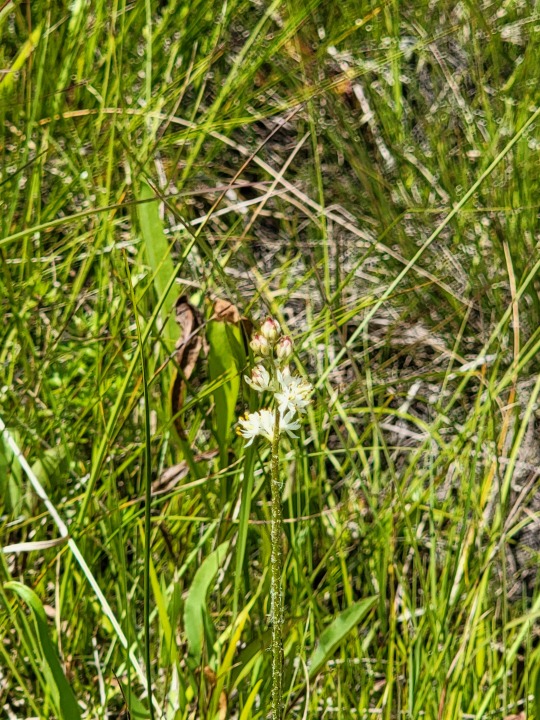
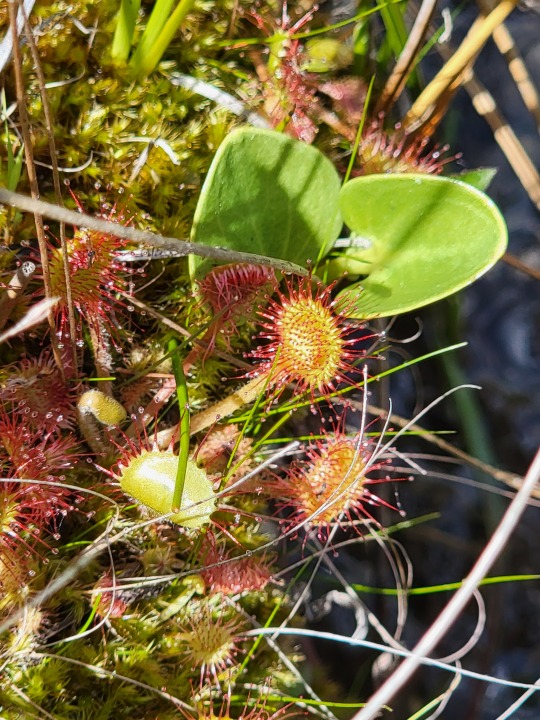

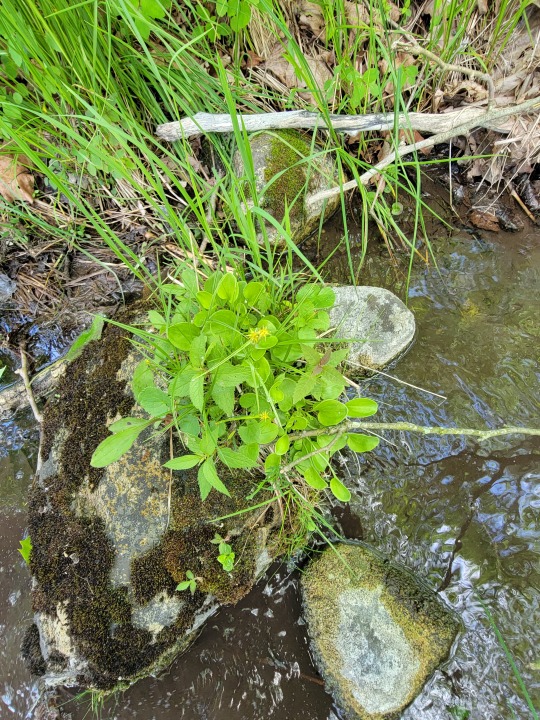
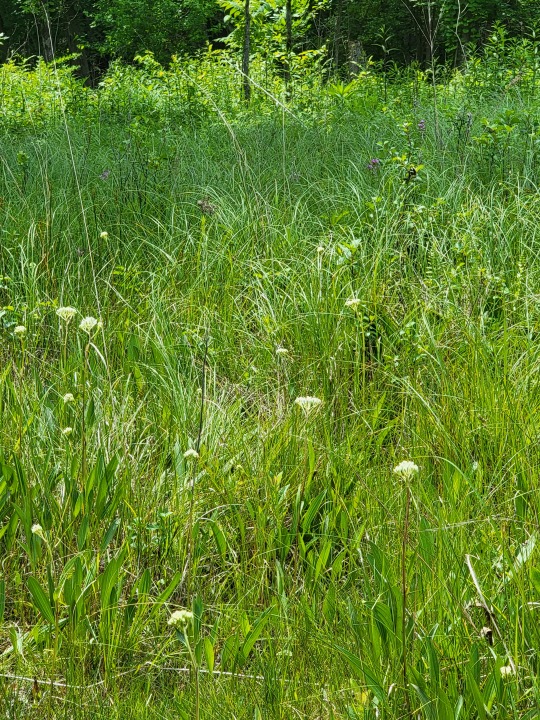
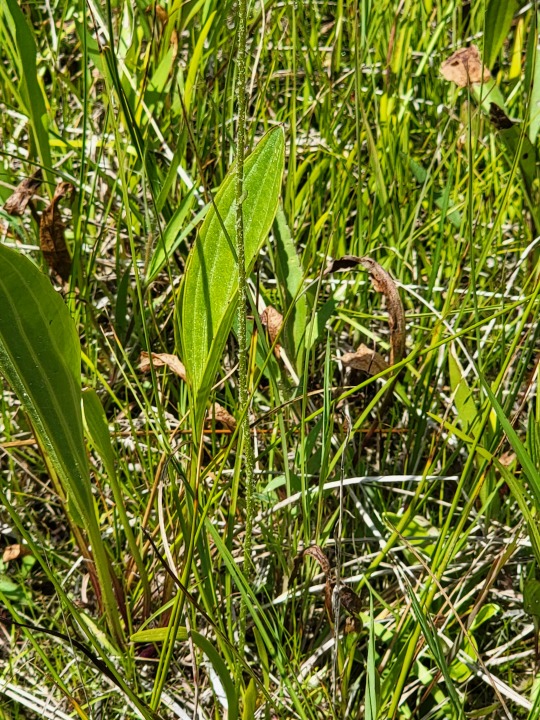
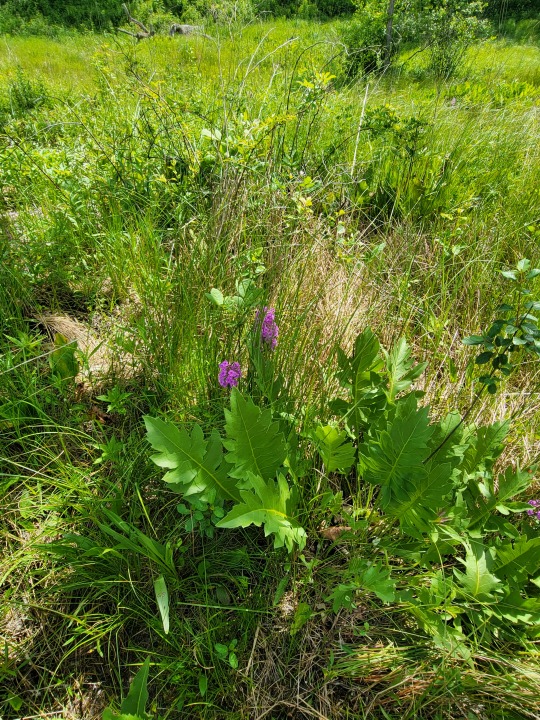
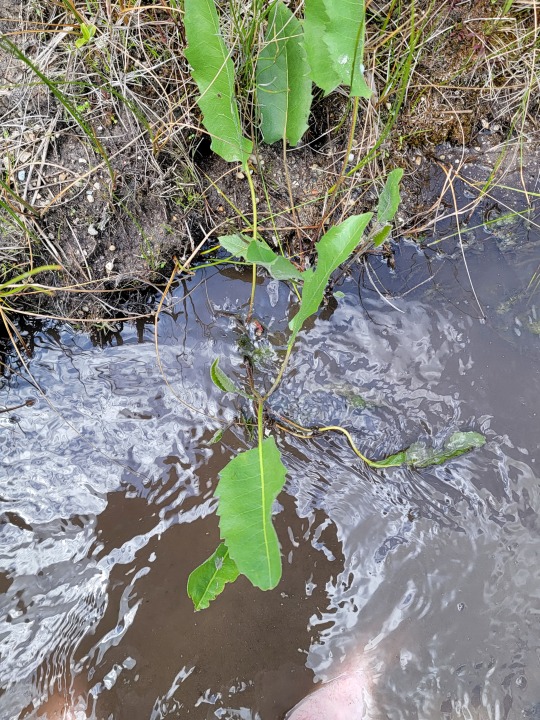

Denizens of the Marl,
My main focus was to introduce an early blooming species that I don’t know if I talked about ever. I usually miss my window to see this plant and for some reason I’ve never gotten close enough to photograph it properly, you can kinda see a gleam of light on the glandular hairs but not well enough to show structure.
Triantha glutinosa, blooms in early June in Ohio but can last till late June and in other states occurs in bogs in warm water conditions and blooms much later which is strange to me. I think this must be an adaptive phenotypical thing but you would expect it to be opposite and light blooming also seems to not be the culprit so I don’t know. False Asphodel is another common name but I honestly prefer calling it sticky or glutinous false ashpodel. As a plant living in these nutrient poor super leached marl flats this plant is a carnivor, protease excretor glandular hair trap specifically, but strangely only on it’s flowering stem and not on it’s minute basal rosette. Opposite of most species that are carnivores most species try to keep traps as far from the flowers as possible which makes sense evolutionary. Glandular traps near an inflorescence seems strange for successful pollination. As it turns out this may be a seldomly pollinated species where most individuals in populations are ancient clones that have formed from rhizome spread overtime in these glacial refugium. The other thing that seems notable is many people studying these false ashpodels (Triantha spp.) run into the same morphology and phenology problems that I have, and have even come to contempt and discourse over specific populations and are evaluating them as part of a biological species complex. I agree on the T. occidentalis western split on all accounts but some of the minor disjunct probable splits seem more complex overall (Central Appalachian mountain populations (TN, VA, SC, GA)
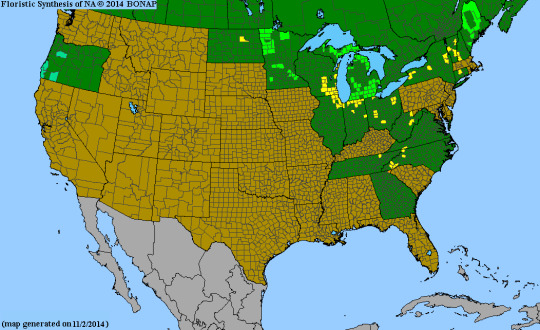
I feel like I can’t stress the importance of this limestone marl and the unique opportunity of getting this close to these plants without any special camera. Though I do wish I had one to display the features properly. Most of the time if you are traversing a fen you have to find and identify petrified marl shelfs or surface travertines, or you are walking on old and ancient tussock clumps from what is usually Carex stricta. Im walking on a displaced gravel shelf with petrified marl and wouldn’t dare to walk off of it and disturb the easily motile banks of loose marl or the suspended marl sediment floating like quick sand. The plants here are fragile and the habitat is equally fragile with many state listed species that cant take damage. Everywhere in the high exposure areas of marl flats are these Drosera rotundifolia and the smooth rounded/heartshaped leaves of grass of parnassas, which is in bloom as I type. Parnassia glauca is so beautiful with it’s unique floral venation and Ill post more pics once again when I get to it. The farther you get from the flats the less exposure and with it comes the sedge meadow with Arnoglossum plantagineum, also known as fen plantain leaved indian plantain. The last few shots are associated with the fully scabrid moderate sized var. ,not species, Silphium terebinthinaceum var. pinnatifidum, which we only see in fens in Ohio and the Ice scoured dwarf willow, Salix myricoides, in all of it’s new leaf glory. Still not looking blue with white pubescent undersides just yet.
Personal note:
Its been really weird doing this lagged posting because these are not matched to the time I was there. Right now, I feel like I should be posting about white bottle gentian, prairie gentian ,fringed gentian or ,andrews bottle gentian and here I am mid June posts. Heck it’s also Spiranthes spp. season and paw paw shaking season rn, most people are smelling sulfur shelves and foraging chicken of the woods(same thing). Trying to catch up and doing documentation and having a place to post personal thoughts on this stuff.
#fens#meadowcore#silphium#salix#salix myricoides#arnoglossum#arnoglossum plantagineum#species complex#carnivourousplant#carnivory#botany#ecology#wildflowers#ohio news#ohio#kawaii#plantblr#botanical#botany on tumblr#plants on tumblr#plants#drosera#drosera rotundifolia#geology#cottagecore#parnassia#parnassia glauca#triantha glutinosa#triantha
24 notes
·
View notes
Note
sawyer what’s ur favourite plant
PINUS STROBUS the eastern white pine 💚




i also like this one parnassia glauca


5 notes
·
View notes


